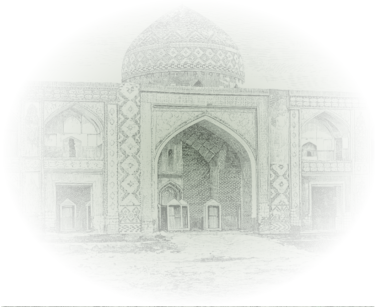Madina is a village in the Novo-Bayazid uezd of the former Iravan governorate, in the former Ashagi Garanlig (Martuni) district, and currently in the Gegharkunik province. The provincial centre lies 42 km to the southeast of the town of Kavar (Yeni Bayazid, Kamo), nearby the Eyrichay, at a height of 2,175 m above sea level. It is marked on the five-verst map of the Caucasus.
The village was solely inhabited by Azerbaijanis: 208 in 1873, 296 in 1886, 346 in 1897, 429 in 1908, 752 in 1914 and 736 Azerbaijanis in 1916. In 1918 the Azerbaijanis were exposed to aggression by Armenian armed forces, massacred or expelled from the village. Following the establishment of Soviet power in present-day Armenia, the surviving inhabitants managed to return to the village. The village was inhabited by 85 Azerbaijanis in 1922, and Armenians were settled in the village in 1923- 1924. In 1926, along with the Armenians, the village was inhabited by 61 Azerbaijanis. The Azerbaijanis, the local inhabitants of the village, were oppressed and deported from their historical and ethnic lands in the 1930s, and the Armenians removed from Türkiye and Iran were resettled in the village. At present, the village is inhabited by Armenians.
The toponym was coined on the basis of the word “madina”, which implies “a town” in Arabic. Currently, the name of the settlement is written as “Madina” in official documents in Armenian.
According to the law “On the administrative-territorial division of the Republic of Armenia” dated 7 November 1995, it was integrated into the administrative territory of the Gegharkunik province.
Geographical coordinates: latitude: 40°04’ N., longitude: 45°15’ E.
